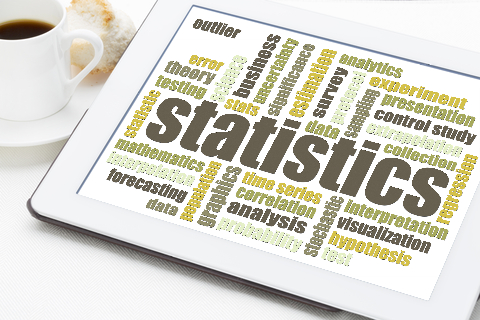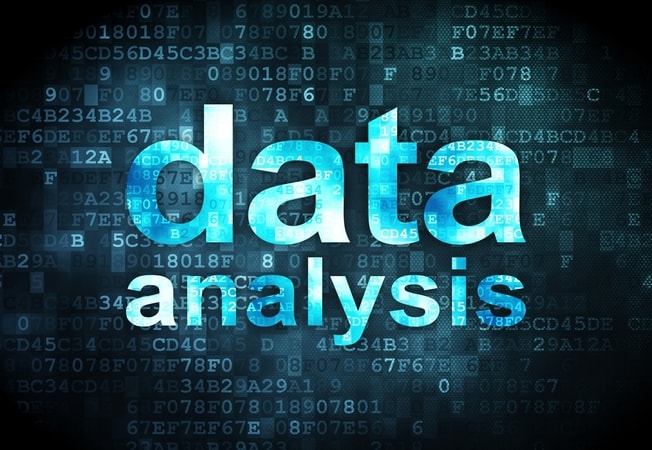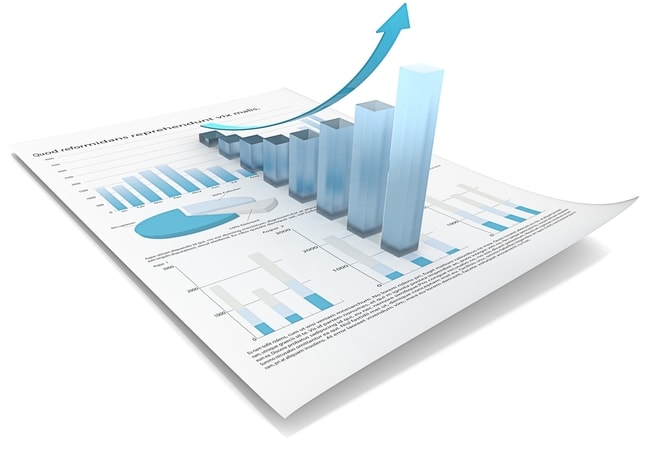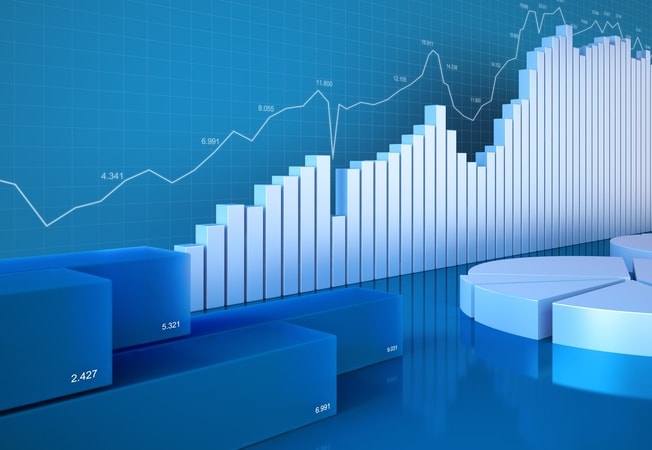Factors We Consider When Conducting Descriptive Statistics
Describing datasets in research is an essential part of statistical analysis that may require someone to seek help to conduct descriptive statistics owing to unavoidable circumstances such as tight work schedules, academic responsibilities, or other personal reasons that make them not carry out the task themselves.
The descriptive analysis of data is aimed at providing a complete overview of the variables in the dataset and preparing it for exploration and statistical analysis modeling procedures.
The descriptive statistics conducted by experts from our company comprise both numerical and graphical tools that help in summarizing the dataset and extracting useful details such as variability, central tendency, and exploring the relationships between two or more variables.
Various factors influence the choice of descriptive statistical tool suitable for a specific dataset. This article contains an outline of the different factors that influence our provision of help to conduct descriptive statistics on behalf of clients.

Descriptive statistics provide the foundation for advanced data analysis and statistical modeling by giving one a chance to summarize and understand the characteristics of variables or the entire dataset.
Describing datasets involves conducting summary statistics, analyzing, and presenting findings from a sample data or the larger population under study. In our help to conduct descriptive statistics, we group the statistics into categories such as the measures of central tendency, frequency distribution, and the measures of dispersion.
Descriptive statistical methods make it easier to present raw data in an understandable and interpretable manner. Anyone wishing to hire a statistician to conduct descriptive statistics on their behalf can contact us for the best service.
Our clients receive an effective and logical breakdown of treating raw data into meaningful pieces of information that are easy for the target audience to comprehend without distorting the original meaning. Discussed below are some of the factors we consider when choosing the type of descriptive statistic to conduct for a specified dataset.
1. Data/variable types
The type of data affects the choice of descriptive statistics. Quantitative variables in a dataset numerically describe the amount or quantity of the objects of interest. A dataset can also contain qualitative variables that describe the qualities of the objects. Such variables may be categorical or nominal.
A mixed dataset contains both qualitative and quantitative variables. Our experts are well-versed with all that it takes to conduct numerical individual variable descriptive analysis, multivariate or univariate statistics, and ensure appealing and appropriate visual representation of data-based features according to the clients' needs and preferences.
2. The number of variables in the dataset
The number of variables occurring in a dataset determines the type of descriptive statistical analysis to conduct. If the dataset contains one variable, univariate analysis is conducted depending on the objective of the study. The following are the basic considerations based on what number and nature of variables occur in a dataset.
a). Data display and analysis for a single categorical variable
The frequency distribution table is the most commonly used method when displaying data for a single categorical variable, usually associated with percentages. In our help to conduct descriptive statistics, we also use bar charts and column graphical approaches to represent data for one variable that is categorical in nature.
The types of descriptive statistics used in analyzing data for a single categorical variable include percentages, frequencies, or fractions. These statistics are obtained from the frequency distribution table related to the categorical variable.
b). Display and analysis of data for one continuous variable
If the dataset contains only one continuous variable, we group it into class intervals and display it using a frequency distribution table or a histogram.
Those who purchase the services of a statistician for descriptive statistics from our company are assured of the best display and univariate analysis of continuous variables. We consider two types of descriptive statistics for a single continuous variable which include:
c). Measures of central tendency
The central tendency measures or a central data point such as the mean, median, and mode are used to summarize the dataset by determining the average, central, or typical member of the study population.
d). Measures of dispersion
The standard deviation, variance, or range are some of the measures of dispersion that we consider when summarizing data by establishing how widely it is dispersed.
We understand how to calculate the different types of measures of dispersion and central tendency and the situations when each type of statistic is applicable depending on the data types, skewness, and presence of outliers in the dataset.
d). Display and analysis of data for two categorical variables
We use a contingency table when examining the relationship between categorical variables in a particular sample. The rows, columns, and cells are labeled appropriately with the correct values input in each. A clustered or stacked bar chart can also be used in the display for two categorical variables. To analyze such data, frequencies and percentages are calculated accordingly.
e). Display and analysis of data involving two continuous variables
A scatter plot, which presents the independent variable against the dependent variable on axes can be used to visualize the presence or absence of a relationship between two continuous variables.
The Pearson's correlation coefficient (r) is the most appropriate descriptive statistic used in quantifying the strength and direction or absence of a linear relationship between two variables that are continuous in nature. A negative value within the range of the correlation coefficient indicates a lack of a linear relationship while a positive one shows that there is a linear relationship between the variables of interest.
3. Shape and spread of data distribution
To assess the shape and spread of data distribution within a specific sample, we use graphical approaches such as the histogram, the individual value plot, and the boxplot. Such approaches are also applicable when the objective is to identify potential outliers. We measure the skewness of data between the lowest and the highest values by plotting a histogram or boxplot.
If the values in the variable being analyzed are normally distributed, the information can be summarized by using the parametric statistics of standard deviation and the mean. Nonparametric statistics of median and range are useful when the data are not normally distributed.
The study participants are arranged from the lowest to the highest value to determine the appropriate descriptive statistics for the dataset. The range reports the lowest and highest values while the median is obtained by grouping the participants into two during data entry. Half the participants have values above the median while the other half's values are below it.

4. Appropriate use of charts, graphs, and plots
Various options for graphs and charts for visual data representation are available and used appropriately in our help to conduct descriptive statistics. The type of visualization tool to use depends on the kind of data at hand, what needs to be displayed, and the level of measurement of the variable. A pie chart or a bar graph can be used to summarize nominal and ordinal level variables.
A histogram is an ideal choice for interpreting interval and ratio level variables because it displays the frequency within a range of continuous categories. We can use scatter plots, pie charts, bar graphs, histograms, and other graphical representations of data depending on the situation with the sample or an entire population of interest.
Each chart, graph, or plot is correctly created using the appropriate statistical analysis tools and software packages to bring out the desired display and impression to the target audience.
5. Purpose of the descriptive statistics in relation to study objectives
Regardless of the study design, researchers and students have to summarize, present, and interpret collected data. Creating data analysis plans for a certain dataset entails selecting the most appropriate descriptive statistic that will help in achieving the study objectives.
Selecting an appropriate descriptive statistic for summarizing the data whether in numerals or graphics depends on the measurement levels of variables. The descriptive statistics conducted by experts in our company take into account the study objectives. Whether we calculate standard deviations, means, correlations, or any other statistic, it is a must to ensure that whatever is conducted contributes to the accomplishment of the overall objectives of the study.
Careful consideration of the factors discussed in this article makes a dataset easy to understand, interpret, and reach conclusions with regard to the research objectives. Anyone wishing to purchase the services of a statistician for descriptive statistics can count on our experts.
We have experienced data scientists with a proven track record of excellent statistical analyses, including correctly conducting descriptive statistics on different quantitative variables in a given dataset. Our rates for help to conduct descriptive statistics are affordable with a money-back guarantee in case the client is not satisfied with the service.
We serve students, researchers, and scholars at different academic and professional levels; offering statistical analyses for research papers, capstone projects, theses, dissertations, student papers, and other assignments.
Our company employs well-vetted experts specialized in different fields and subjects, thus, each client's work is matched with the most suitable and qualified personnel. Those who hire a statistician to conduct descriptive statistics from our company never regret their decisions because we offer the best assistance based on experience and specialization.





